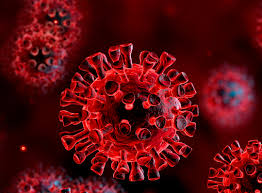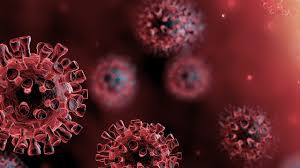CoVid-19
Preparedness and Response
Type:
Disposable NIOSH approved, fit-tested N95 respirator. With full hood and high efficiency particulate air (HEPA) filter for airborne precautions for employees that cannot safely fit test on N95 respirators due to facial hair, facial structure, etc. For the purposes of consistency and simplicity, the use of respirators for all infectious agents known to be transmitted by infectious aerosols is recommended.
Donning:
Inspect PPE prior to donning to ensure that it is in serviceable condition (e.g., gloves not torn or ripped, respirator not soiled or creased; if using PAPR, check motor and airflow) and that correct size is selected.
- Latex Gloves
- Perform hand hygiene with ABHR (Alcohol-Based Hand Rub); allow hands to dry before donning gloves.
- Put on gloves 3-4 mil
- Tyvek/Chem suit with Hood. Disposable fluid-resistant gown that extends to at least mid-calf or disposable fluid-resistant coveralls
- Put on additional gloves 3-4 mil
- Boot covers and taping all joining materials.
- Put on respirator. N95 or elastomeric respirator – Apply mask, mold to nose/face, and perform fit check to assure intact seal. 3M 6000-7000 models with Organic Vapor/Acid Gas/P100
- Seal Test on site

Doffing:
PPE should be doffed in an appropriate removal area. Care should be taken to avoid selfcontamination during removal. Place all PPE waste in a labeled, leak-proof biohazard bag. PAPR should be placed in a separate biohazard bag and/or managed by service protocol. Inspect glove outer surfaces for visible contamination, cuts, or tears. Visible contamination, cut, or tear – If a glove is visibly soiled, then disinfect the glove with either an EPA-registered hospital disinfectant wipe or ABHR (Alcohol-Based Hand Rub), in accordance with manufacturer recommendations, remove the gloves, dispose in biohazard bag, perform hand hygiene with ABHR on bare hands. If the glove is cut or torn, inspect the underlying skin. If any break in the skin, contact your supervisor and follow your service exposure guidelines. No visible contamination, cuts or tears – Remove and discard gloves, taking care not to contaminate hands during removal. Dispose of gloves in biohazard bag. Perform hand hygiene with ABHR.

Respirator Remove N95 respirator mask tilting the head slightly forward, grasping the elastic straps, sliding them off the ears/head, and removing the mask without touching the front fabric. Discard mask into the biohazard bag. Elastomeric half-face respirator – Reapply clean gloves, remove mask by straps, wipe surface with EPA-registered hospital disinfectant wipe, allow to dry. Remove gloves and perform hand hygiene with ABHR.
Perform hand hygiene. Visibly dirty, contaminated, or soiled with blood or body fluids – Wash hands with soap and water, then perform hand hygiene with ABHR. Not visibly soiled – Perform hand hygiene with ABHR.
Inspect for any contamination of the HCW uniform. If there is contamination, secure the garment for cleaning. Contaminated clothing should be washed or discarded in accordance with disease-specific guidelines, generally with hot water, usual detergent, and the addition of household bleach.

Disposal:
All materials exposed to CoVid-19 are to be placed into a Red Bio Hazardous bag ”Red Bag” (puncher resistant)6 mil. The infectious materials are to be placed into a secondary bio hazardous container. Proper Shipping Name (PSN) is UN3291 Regulated Medical Waste NOS (Red Bag),6.2.PGII.
Hospitals will require the Red Bag to be placed into bio bags. These will be treated like all medical waste. The medical will be treated by autoclave at 300 degrees and below.
Deconning Location/Facility/equipment: EPA recommended products Clorox Disinfecting Bleach2 Reg# 5813-111 50/50% dilution. Fibers or furniture LYSOL® DISINEFCTANT MAX COVER MIST Reg#777-127. Surfaces Sani-Cloth Prime Germicidal Disposable Wipe 9480-12. No entry until 2 hours after room has been secure. See disposal for detail.


